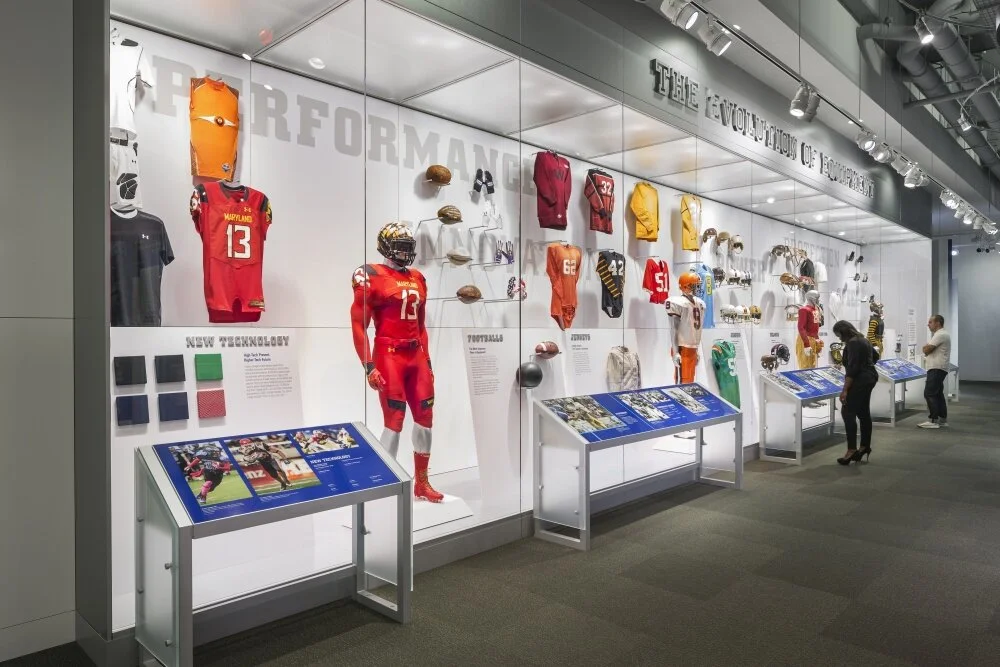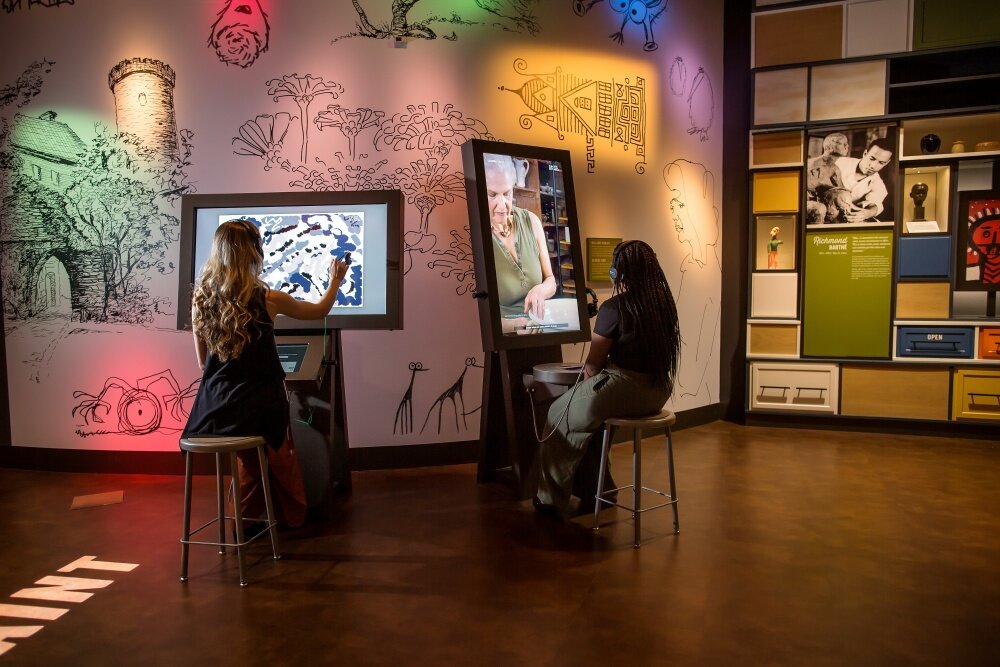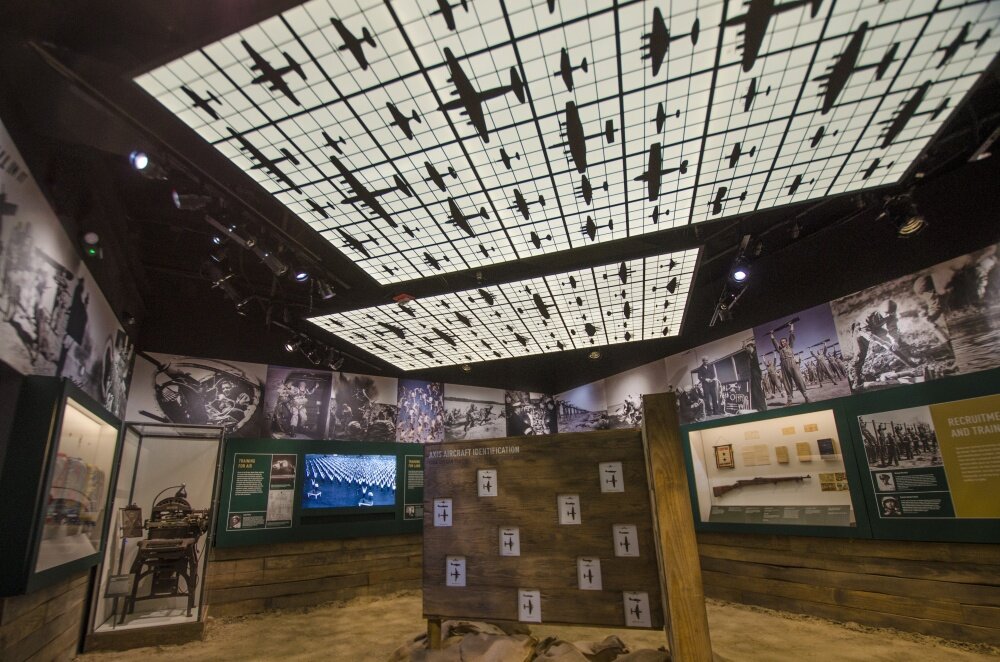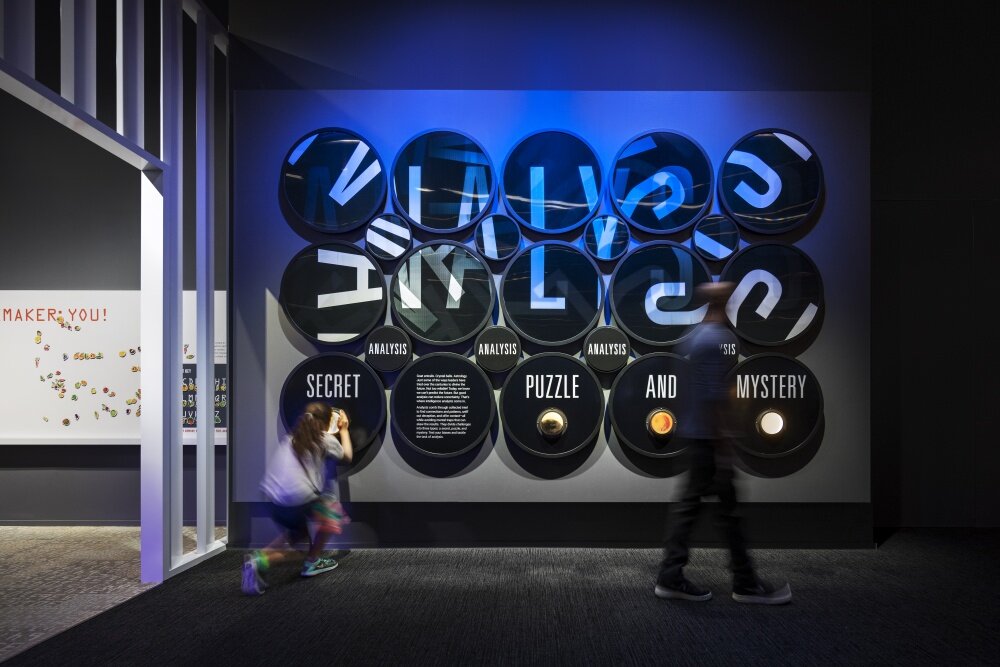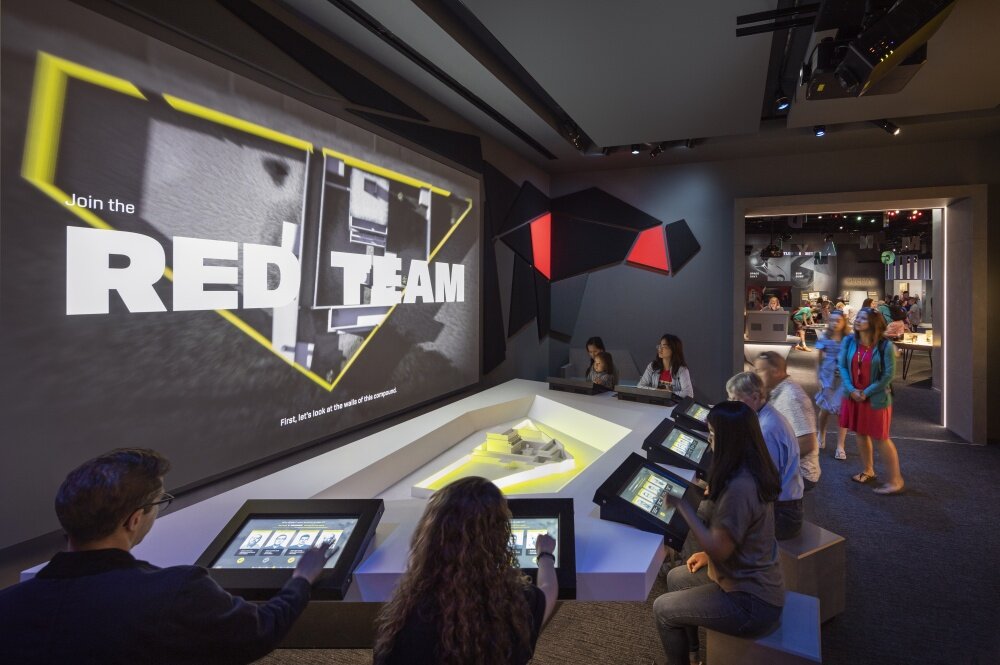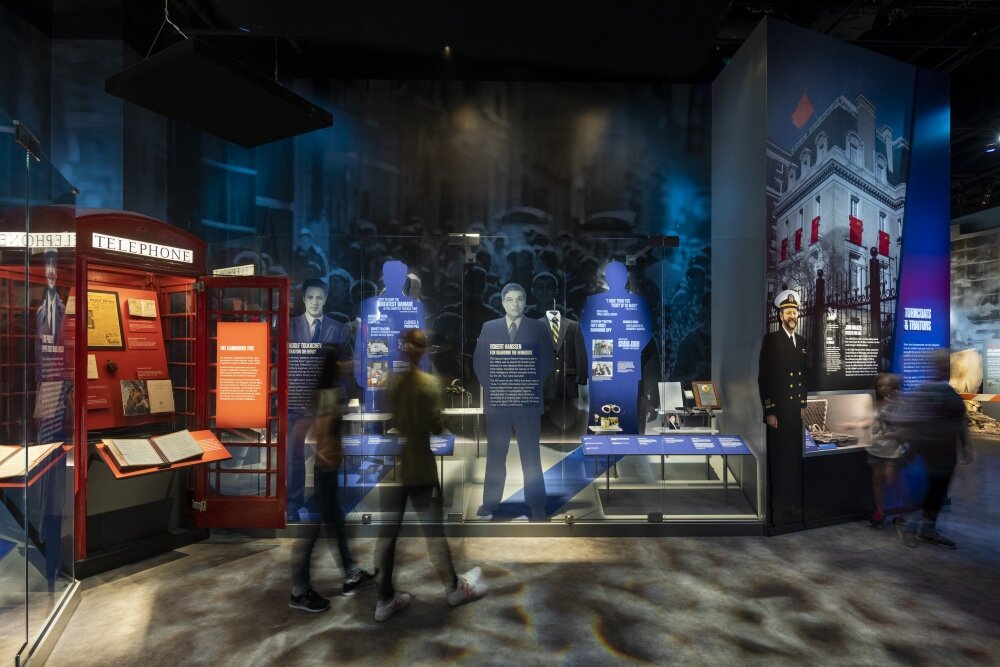Designed for Transformation: This Strategist Keeps His Eye on the Future
A/E/C Stories is an ongoing series of posts featuring individuals who excel in the architecture, engineering and construction industry. Nominate someone.
Transformation has been a recurring theme throughout Scott Wickstrom’s career, and it’s central to his current role as chief strategy and operating officer at Gallagher & Associates.
Since joining the interdisciplinary design firm’s leadership team in January 2018, Wickstrom has guided the practice’s business strategy, growth and operating excellence initiatives to position it for the future.
“My job includes a lot of succession planning, developing a leadership team and readying the company for our next scale of growth,” says Wickstrom, who’s based in Portland. The firm’s other offices are located in Washington, D.C., New York and Singapore.
Storytelling is foundational to G&A, which specializes in synthesizing digital and physical design to help museums, sports organizations and other institutions produce immersive experiences that attract, engage and entertain visitors. Its recent project work includes the new International Spy Museum in Washington, D.C.; the Mississippi Arts + Entertainment Experience (the MAX) in Meridian, Mississippi; the National World War II Museum in New Orleans; and the College Football Hall of Fame in Atlanta.
“Many cultural institutions are recognizing the need to transform and modernize what they offer their guests and visitors,” says Wickstrom. “For some institutions, that means a healthy amount of digital interactive experiences and for others—depending on the collection or nature of the artifacts—that’s just not as relevant.”
As museums and other institutions adapt to an increasingly tech-enabled, yet disconnected world, Wickstrom believes they remain extraordinarily relevant. “Museums are vital to communities—not only telling stories of past events, but also changing lives and inspiring people to see things that they didn’t see before,” he says.
And according to Wickstrom, G&A is uniquely equipped to help its clients fuse the natural world, built world and digital world into a seamless, singular experience.
“Whatever the narrative, educational or entertainment arc of an institution is, it will be significantly improved by considering all elements of the experience as one design exercise. It’s what we call the ‘singularity of experience.’”
He’s in the process of setting up new processes and structures to bring together the firm’s four core areas of expertise: exhibit and graphic design; digital interactive media; content and interpretive planning; and full operational and financial strategy for virtually any business or institution.
“We are committed to having fully integrated interdisciplinary teams under one roof in each of our locations by 2020,” he says.
An Extraordinary Journey
Wickstrom’s current position is the culmination of a 20-year career defined by sharp—often surprising—left turns. His first shift occurred when he decided to drop out of a Ph.D. program in philosophy and accept a corporate finance position at Chubb & Son, a New York financial services firm. As the Internet rose to mainstream prominence in the late ‘90s, the company’s CEO asked him to lead a strategic e-marketing group and identify potential e-business investment opportunities.
“As part of that process, I hired interactive agencies, and the creative director of one of them is now my wife,” he says. “I also came to the conclusion I wanted to work on the creative side of the fence.”
He joined Rosetta, a management consulting firm and interactive marketing agency. A few years later, he signed on with SapientNitro, a digital consulting firm, to lead a business unit that acquired an interactive storytelling firm called Second Story, which would become his next employer.
“In that process, I got exposed to and fell in love with cultural institutions—museums specifically—and also to architectural design and environmental design,” he says.
He also developed an affinity for Portland, a city that Adidas and Intel (two of his largest clients at the time) called home.
“When I look back at the things I’ve done and the initiatives I’ve led, it’s always been about a pretty significant transformation: whether it’s from an academic career to a finance career, or from management consulting to creative services,” he says.
Along the way, Wickstrom has also honed his business acumen as part owner of craft bakeries, coffee houses and a restaurant. He’s even worked as a chef, reporting directly to Wolfgang Puck.
“Food is one of my primary creative enjoyments, and I often use food metaphors in our work,” he says.
Wickstrom’s leadership style is also informed by his kids—ages 10 and 8—and specifically, their Montessori education.
“I often say my primary job is creating the conditions for great work and collaboration to happen,” he says. “It’s very similar to a Montessori environment—to make sure the work environment, creative direction, tools, processes, trust and respect are all in place so that teams can get together, set their own direction and schedule, and do great work.”
Previous A/E/C Stories posts:
Lured by Architecture, Captivated by Interior Design
How ‘Madame Architect’ Inspires the Next Generation of Talent
A Layoff Prompted This Architect to Seek a New Creative Outlet
Five-Minute Journey Paves the Way to a Global Aviation Career
Honoring a Commitment to Improving Healthcare Spaces
Designing Engaging Experiences for Athletes and Sports Fans
A Journalistic Career Propelled by Transportation
Why Your Ideal Office May Not Have Four Walls and a Ceiling
Pocketing the Future: This Innovator is Making VR and AR More Accessible
Sound Advice for a Successful Career: Be Yourself
Tales of a Fourth-Generation Construction Manager
An Architect Who Reimagines Classic Buildings and Classic Songs
Attracting the Next Generation of A/E/C Superstars
How to Overcome the Construction Labor Shortage: Hire More Women
An Ambassador and Champion of Design Talent
Embracing the 'Organized Chaos' of Modern PR
A/E/C Podcasting Duo: Why Two Branding Pros Joined Forces
An Entrepreneur Who Helps A/E/C Firms Share Knowledge
Career Shift: From Sports Journalist to Construction Storyteller
Reflections on Three Decades of Architectural Recruiting
Detroit Native Returns Home to Accelerate the City's Revival
Fate Led This Aspiring Architect Toward a Career in Photography
3 Essential Tips for Launching a Successful Communications Career
Discovering the 3D World of Experiential Graphic Design
Top 5 Marketing Dos and Dont's


